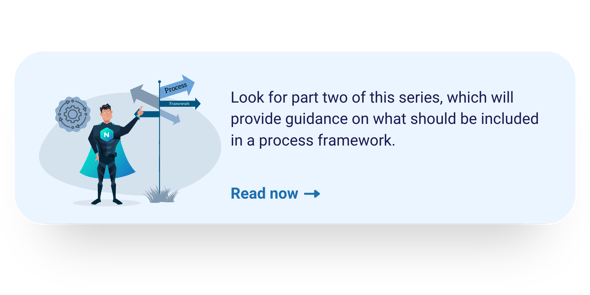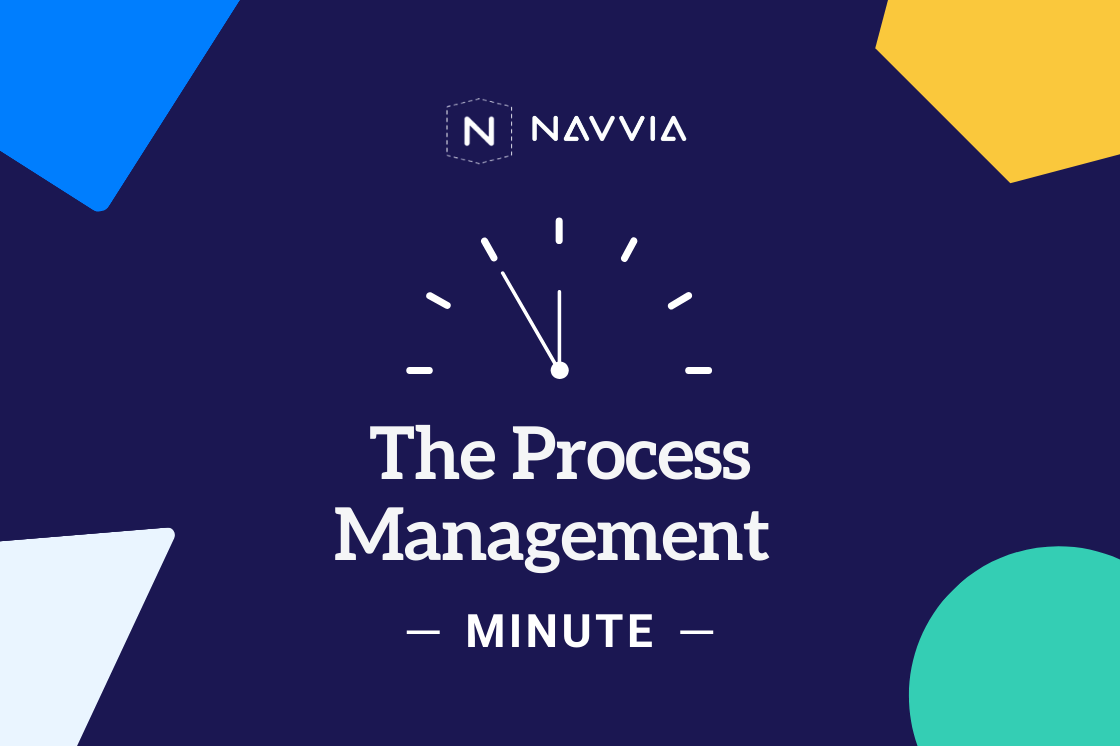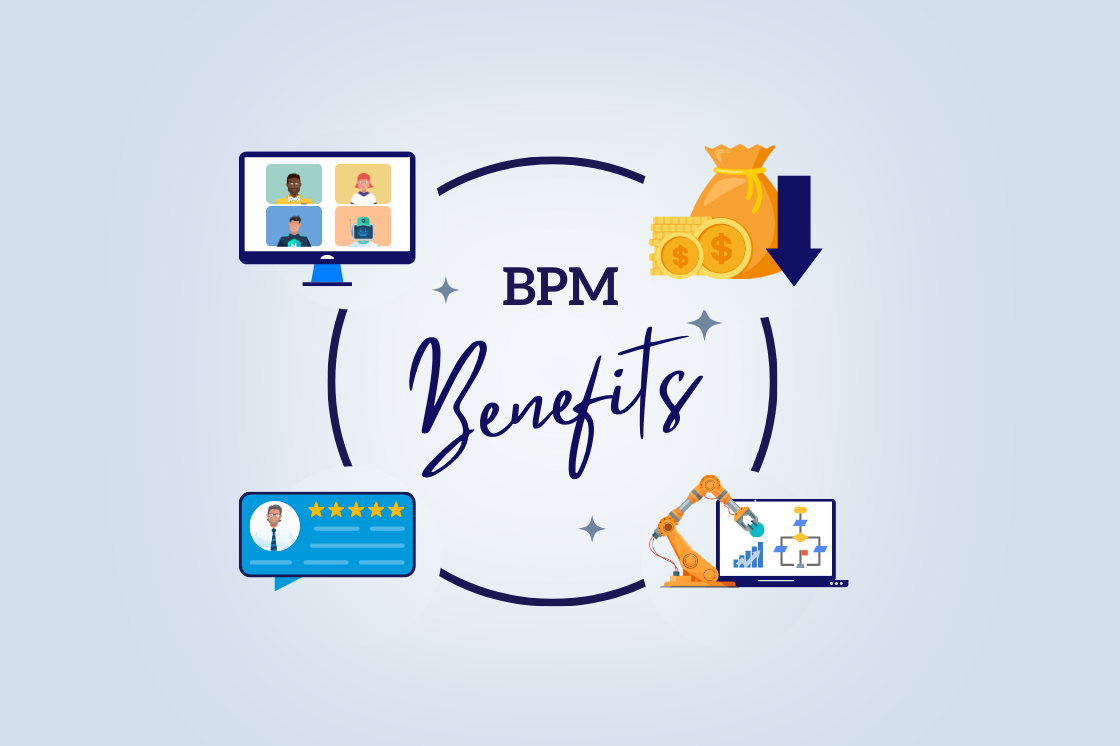Deliver Business Process Quality Through Governance
Business Process Management (BPM) is becoming increasingly important for organizations, and to achieve consistent, high-quality outcomes, strong Business Process Governance (BPG) is essential. However, it can be challenging to know where to start. This five-part series will cover the key areas that must be addressed to begin the journey towards successful BPG.
To successfully implement a BPG program, it is essential to align the framework with the strategic objectives of the enterprise. The complete support of leadership is necessary to launch and maintain the program, and internal alignment across the organization is crucial for its effectiveness.
Alignment
For effective strategic alignment of processes, it's crucial that everyone involved has a clear understanding of the value provided by the organization to its customers. Value Stream Mapping (VSM) is a useful technique that helps organizations comprehend the actual value they offer to their customers, and everything else should follow from there. As described in the book, Learning to See.
“Whenever there is a product for a customer, there is a value stream. The challenge lies in seeing it.” (Rother and Shook 1999)
A value stream map is a visual representation of the product or service that an organization delivers to its customers, along with corresponding high-level measures. While it does not illustrate all the supporting processes and procedures involved, it provides a high-level overview of the flow of the product or service from creation to delivery. If an organization lacks a value stream map, it is recommended that someone with VSM experience facilitates and conducts a series of meetings to focus on the most crucial value streams for the organization. Once one or more value streams are documented, it becomes easier to identify the processes involved.
Just like processes, value streams are essentially long-lasting. Once they are defined and documented, it's important to regularly review them to identify areas for improvement, changes in customer needs or expectations, or updates to support other organizational goals. An enterprise's strategic goals can often be achieved by making changes to one or more value streams. By regularly reviewing value streams, a continuous backlog can be created for supporting processes.
When you associate processes with a value stream, it becomes easier to identify other processes related to the same value flow. It's important to comprehend the connections, inputs, outputs, and how other processes are affected. By comprehending how these pieces fit together in the larger scheme of things, process improvement teams can efficiently manage any changes' impact. The Value stream, map also lays the groundwork for business process automation while on the road to becoming a Digital Enterprise.
Not only does strategic alignment for a process lead to better change and impact management, but also it ensures that process improvement teams are focusing their time and resources on the highest priority items for the enterprise as a whole. Strategically, some value streams may be more important to the enterprise than others, and having the processes mapped provides some inherent sense of prioritization of enhancements and time.
It would benefit the entire enterprise to have a comprehensive roadmap for process improvements. This way, everyone can easily see all active and planned changes, with a specific emphasis on initiatives that are interdependent. Transparency is key in making these improvements successful.
When the enterprise aligns process improvements, managing organizational change becomes more controllable. This is because implementation can be planned and executed in a more comprehensive manner. On the other hand, when there is a lack of organizational alignment, changes can appear as a constant attack on the employees, leading to greater frustration and confusion. Therefore, having a process plan for the whole organization makes it easier for employees to accept and adopt changes.
Quantifying the value added by process improvement teams to the enterprise can be a challenge. However, by linking their work to the enterprise strategy and collaborating efficiently across the organization, these teams can prove their effectiveness in enhancing performance. They achieve this by delivering business value more swiftly, at a reduced cost, and with superior quality.


